Question: How to even begin to cover the iconic, classic Appalachian Trail in a short online article? Scores of books and magazine articles have used millions of words to try to capture the essence of this grand-daddy of hiking trails. I know: I’ve written some of them.
But it belongs here. There can be no argument that the Appalachian Trail is one of the classic bucket list trips. It has all the hallmarks of the best type of dream quest: It is a huge undertaking. It tests the traveler in ways that make one recall just why the word travel derives from travail. It is spectacular and beautiful and surprising. It brings the walker into a new realm of perception, framed by pace and intensity.
In Your Bucket Because…
- Some trips just have cachet. This is the world’s premiere long-distance hiking trail. Period.
- Dream trips are meant to be grand, monumental, exciting, and a challenge. This is all of that…and more.
- The “community in the wilderness” aspect of the Appalachian Trail is unique.
- Good for: Anyone. This journey is all about the desire. Of course, it helps if you love the outdoors and are healthy and fit.
BucketTripper’s connection with the Appalachian Trail is a close one. I’ve been mucking about on parts of the Appalachian trail since I was a kid, I’ve thru-hiked it, and I live practically alongside it, and have hosted many hikers in my home over the years.
On the down side, the A.T. has a failure rate of somewhere around 70 percent. With that in mind, I thought I’d share some observations from my own thru-hike plus thousands of miles on other trails to help readers figure out if this trail belongs on your bucket list — or not.
Appalachian Trail: Myth and Reality

The first thing to know about the A.T. is that it’s HARD. Hard in all caps, in bold, in screaming exclamation points, in bright colors. People hear this, and they nod their heads, but they don’t get it. If you live in a flat state, you probably really don’t get it. Come to think of it, you might not get it if you live in a bumpy state like Colorado, either: A friend of mine who lived in the Rockies once joked that she’d have to “dig a well to get to 5,000 feet.” Then she joined me for a stretch of the relatively gentle Virginia section, and those itty bitty 3,000-foot mountains kicked her butt.
So what is it about the AT that is so difficult? In a word, the trail can be brutal: Brutal in its steep and seemingly pointless ups and downs (“PUDs” in hiker parlance). Brutal in the footway, which often resembles rock scrambling more than hiking. Brutal in the weather, which can swing wildly from hypothermic to hyperthermic, sometimes in a matter of days.
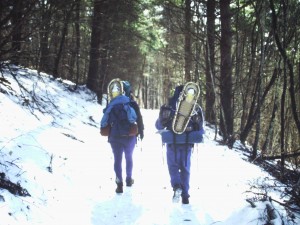
Scrambling up and down the Appalachians has nothing in common with walking on a rail-trail or hiking on a gently switchbacked path that a pack horse can manage. A hiker who can easily handle 10 miles in a local park might be utterly defeated by the 8-mile approach trail from Amicalola Falls to Springer Mountain. In some places, the A.T. requires hands and feet, and there were plenty of times I hauled myself up and down steep rocks, sometimes clinging to a fragile piece of vegetation that has probably been used as a hand-hold a hundred times already. Sometimes the trail is scary. Sometimes it is frankly dangerous, especially in wet weather, when rocks and mud become slick.
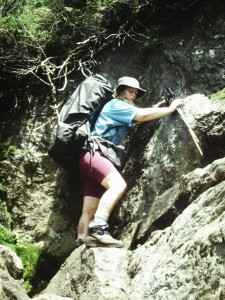
And speaking of weather: The AT has it. Surprise spring blizzaards and frosts can hit hikers in April, even down south where you’d least expect them. Snow in North Carolina in April? You bet: At 6,000 elevations, you’re looking at an ecozone that is more reminiscent of Maine’s rocky coast than South Carolina’s palmetto-fringed parks. On the other end of the spectrum is the heat. 100 degree temperatures are not uncommon in the mid-Atlantic starting in June, and they frequently come accompanied by 100 percent humidity.
Potential hikers often ask about dangers such as snakes, bears, Lyme disease, poison ivy, skunks, and things that go bump in the night. Hikers will see all of this and more, but for the most part, the things that belong in the woods tend to leave you alone. It’s the things you carry inside you — frustration, impatience, rigidity, boredom — that drive you off the trail.
10 Things a Potential Thru-Hiker MUST Know
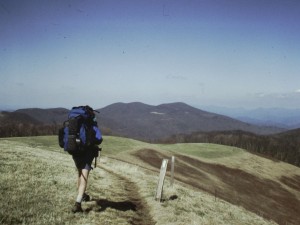
- No single hiking style works for everyone, despite the opinions of scores of hikers whose main credential is that their strategy worked for them. People will tell you you must wear boots, others will insist that you should never wear boots. You’ll hear yays and nays about hiking poles, you’ll be told to leave a stove at home and carry only cold food (or you’ll be told to take a stove and a full cook-set, or to dehydrate your food and ship it to yourself, or to shop as you go). Listen to advice with a critical mind. But DO listen. Understand the pros and cons. Make decisions based on your current level of comfort and expertise and experience, and expect to change those decisions as your experience level changes.
- All the information you need to make your hike a success is available on-line, in traditional print publications, and from the Appalachian Trail Conservancy and the Appalachian Long Distance Hikers Association. Use these resources. Don’t think because you have experience hiking elsewhere, that it all applies here.
- That being said, lighter is almost always better. The outdoor gear industry has caught onto this (or at least, their marketing departments have): They now label just about anything you don’t need a pick-up truck to move “lightweight.” Most hikers who think they are traveling light aren’t. Seriously, I don’t care how much experience you think you have: If you haven’t thru-hiked before (and maybe even if you have), there’s stuff in your pack you can replace with lighter stuff, and there’s stuff in your pack you don’t need.
- Successful A.T. thru-hikers come in all ages, shapes, and sizes — and speeds. Fast doesn’t get you there better; it just gets you there sooner. Some of the young guys eat up miles. Others succumb to blisters and boredom. One of the fastest hikers I know is a woman in her 60s.
- Expect your plans to change. When you figure out your initial itinerary, factor in trail difficulty and where you are in the hike. The hardest parts of the trail are (in this order) the westernmost 90 miles of Maine, northern New Hampshire, the Stekaohs of North Carolina, the Balds along the North-Carolina Tennessee border, and parts of northern Georgia and Great Smoky Mountains National Park. Northern Pennsylvania earns an honorable mention due to the sheer cussedness of all those rocks.
- You might think you’re entering a vast wilderness. You’re not. For most of its length, the trail is close to towns and villages, or crosses roads that lead to civilization where you can resupply, get gear fixed, get a shower and a bed with clean sheets, and recharge your batteries. Budget for these stops: They always seem to cost more than you think they will.
- The trail community has a life of its own, and you may be surprised at the number of trail fests, hiker feeds, and gatherings (which can, incidentally, seriously impede your progress). The social face of the trail may suit you — or not. If you’re more of an introvert, a southbound hike may be a better choice: It’s less crowded going in that direction.
- Not every part of the trail is a good fit for every hiker, but there is a place and a pace for everyone. Sandra has just skipped all of Virginia to get out of a particularly unpleasant pack of hard-partying hikers who have been drinking their way to Trail Days, littering the shelters, and keeping everyone up at night. She’s planning to flip back down to Virginia in the fall, after she gets to Katahdin. The lesson: be flexible and creative. There are ways to make the trail work for you.
- You don’t have to get caught up in all the petty nonsense of who is hiking how. You’ll find a whole world of argument here, starting with the notion of “purism” (defined as someone who walks every white blaze of the trail, even eschewing more direct routes to and from trail shelters), and moving on to the environmental impact of trekking poles and lug-soled boots, dogs on the trail, and whether thru-hikers should have priority at shelters (Note: they do not). Nothing says you have to engage in these discussions….
- …Which brings us to the trail’s unofficial motto: “Hike your own hike.” This pervasive little slogan is what hikers tell each other when one person starts judging or criticizing another’s hike. The flip side: While you’re hiking YOUR hike, let others hike theirs.
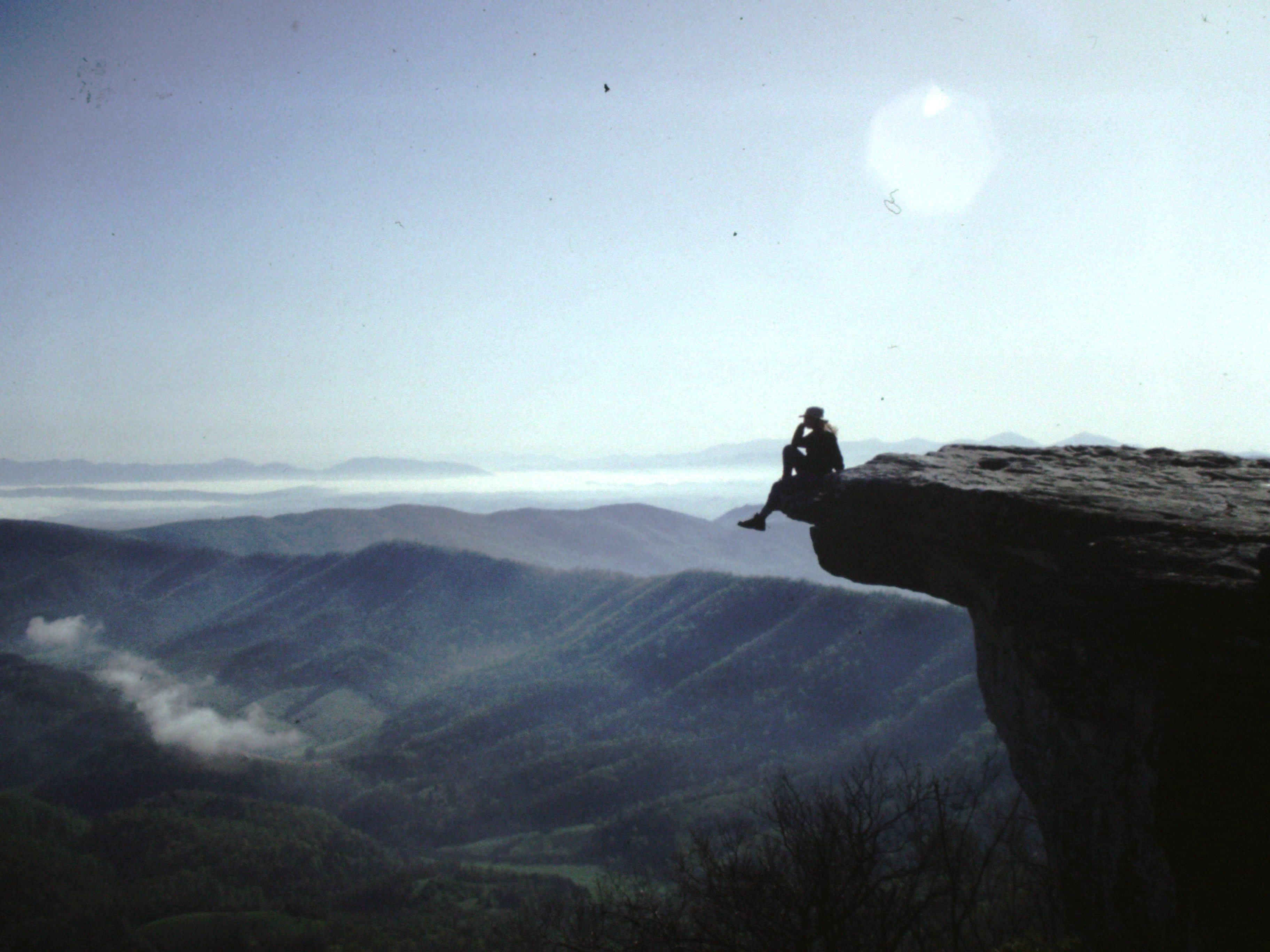
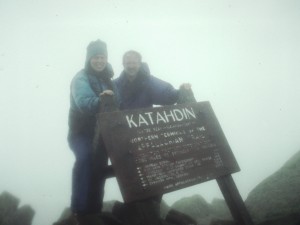
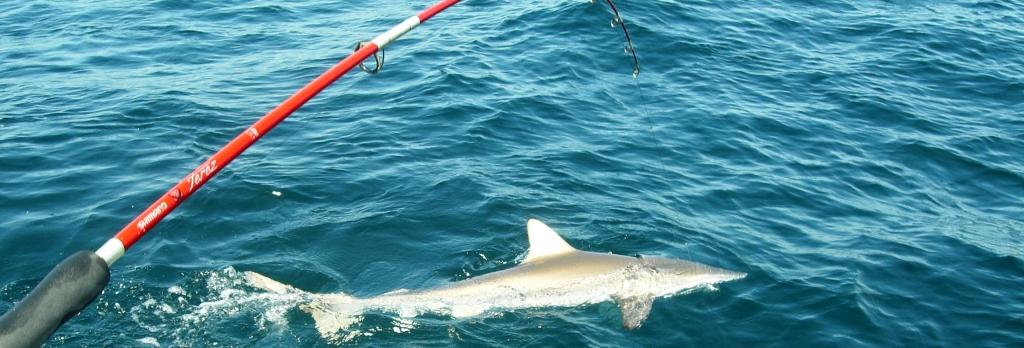


Hiking became my number one item on my bucket list after reading “There Are Mountains to Climb”, while undergoing chemo for follicular non hodgkin’s lymphoma in 2008. I’d just turned 50 and just been diagnosed with an incurable form of lymphoma ~ I stumbled across this book quite by accident in the library. After reading Jean’s story, who in her early 50’s hiked the A.T., I thought to myself, “why not?”. Have always loved camping and the outdoors and as I’ve aged, become more and more in touch with nature & the seasons (boy do they pass quickly after 40!). This summer will do many…
Thanks for sharing that, Heather.Sorry the word limits cut you off — I’ve made them longer, so feel free to post more. And yes, the seasons DO speed up, don’t they?
I am 53 now, looking to finish the Continental Divide trail this summer. The AT was the first trail I ever hiked with no experience at age 40. It kicked my butt many a day but it was one of the most exciting and fulfilling things I have ever done. I agree that lighter is more fun and easier on the back and feet. It can be expensive to go light so you have to weigh the cost vs the advantage. My final words are educate yourself then take that leap of faith and Savor the Moments!
A tip: Be respectful and respectable in trail towns. The towns are people’s homes, and thru-hikers are visitors. Clean off a little of the stink before heading into town. Remember that you’re not entitled to special treatment just because you’re a thru-hiker. Be grateful for the services available and for trail magic that comes your way. In this way, we can ensure that hikers will always be welcome in town.
My dad instilled the thru-hike dream in my soul. He was never able to get away to do it, and I’m glad he was still alive to experience my hike (Shepherd of the Hills, 2001) vicariously.
Thanks, Karen! I first hiked the AT as a Boy Scout of 12 years old. We did a 50 mile section & we attained our “50 Miler” badge…still have it! We encountered mama bear and babies within the first 10 miles. Our scout leader yells out to us, “everyone climb a tree!!” I, being between mama and her cubs, was singled out and chased up the tree where my dangling foot was swiped at by mama bear. It wasn’t until after the chase that I realized that the swipe had connected with my foot! One claw had gone through my leather hiking boot and I “bear” the 1/2″ scar on the top of my foot proudly! I am now 56 years old and am planning my 2013 AT thru-hike. I will take that 50 Miler badge with me on this journey! Thank you for all of your tips, hints, experience, and practical advice. I am…
I love the Appalachian Trail, its adventures, the fun and turmoil–and in a sometimes crappy world, people you meet who will restore your faith in humanity.
I wanted to tell this entertaining true story that will make people laugh, give them some adventures and incentive to get up and enjoy the outdoors. That is why I wrote about my hike of the A.T. from Georgia to Vermont in the just released Avalanche and Gorilla Jim, Appalachian Trail Adventures and Other Tales. The real feel of the A.T. (not just “Lets say something nice about the Appalachian Trail”) and what made the A.T. a “Buckettrip” for me is best described in that book.
Hiking the A.T. went on my bucketlist back in 1992, although I didn’t step on her until 2003. My first attempted thru became half a thru when I found out my husband was ill and headed home in Harpers Ferry. Another attempt became a disaster in 2008. (old people should not go SOBO). I did finally hike from GA to ME in 2010, but got off 90 miles short. Those rock climbs do play tricks with your mind. The thing is that the trail grabs hold of you and will not let you go. I still dream about her regularly. I still hike several hundred miles every year. She is in my heart and always will be.
I first learned of, and saw, the AT in the first place it was blazed: Harriman Park, NY where I accompanied my mother on day hikes as a child. Can’t say it was on my bucket list for sure in 1977 when my first section hike (40 miles in Vermont) left me worn-out and sore-kneed but as I section hiked more of the trail both in the northeast and mid-Atlantic, the ambition rose to the point that the 700 miles I hiked in ’05 completed the Trail for me as I stood atop Mt. Katahdin, saving the best for last.
This article was superb; it’s as if we were on the same wave length in the way it matches my experience and perspective. Yes, Maine and New Hampshire are the hardest. Yes, North Carolina south of Fontana is the next hardest. The only thing I would add here is that New York west of…
I am preparing for an AT thru hike in two weeks. I very much appreciate all the information out there. I feel as prepared as possible for this adventure., both mentally and physically. However at this point I have no idea if I can do this or not. I have so far enjoyed the getting ready part very much and hope that the real thing is as much as I anticipate. Mocking Bird